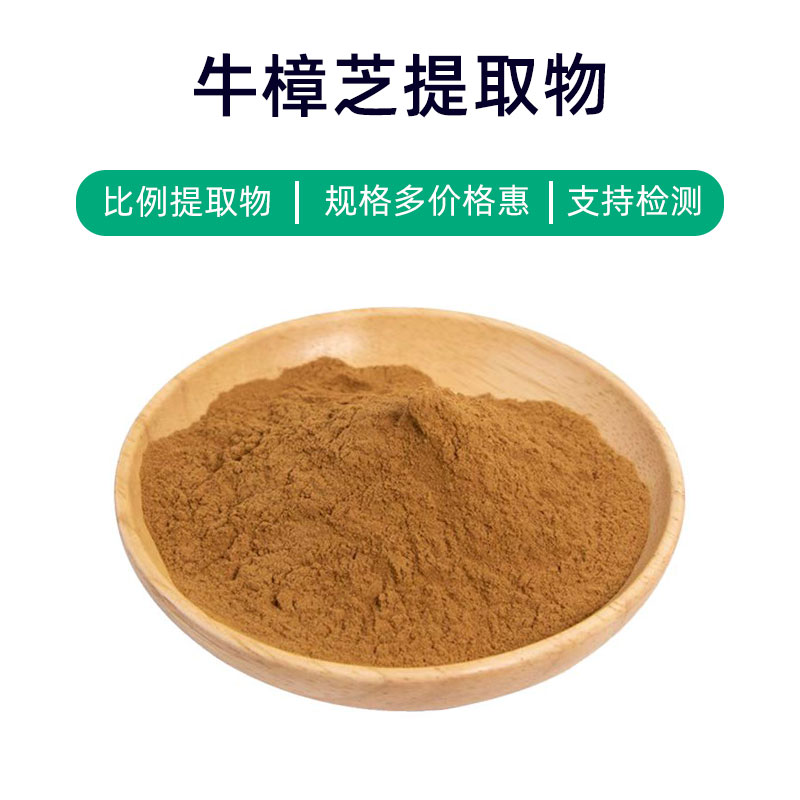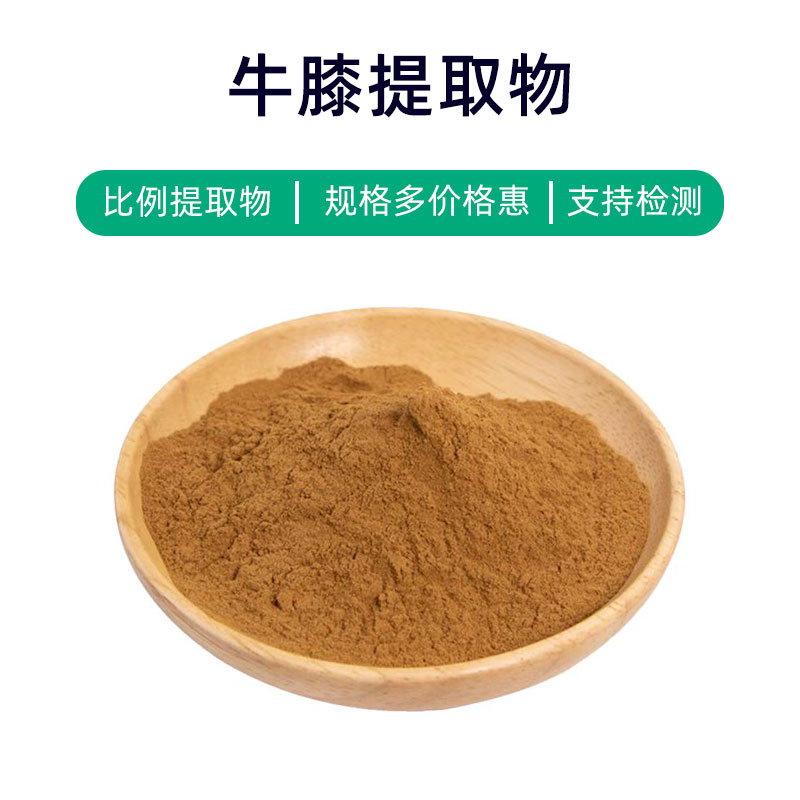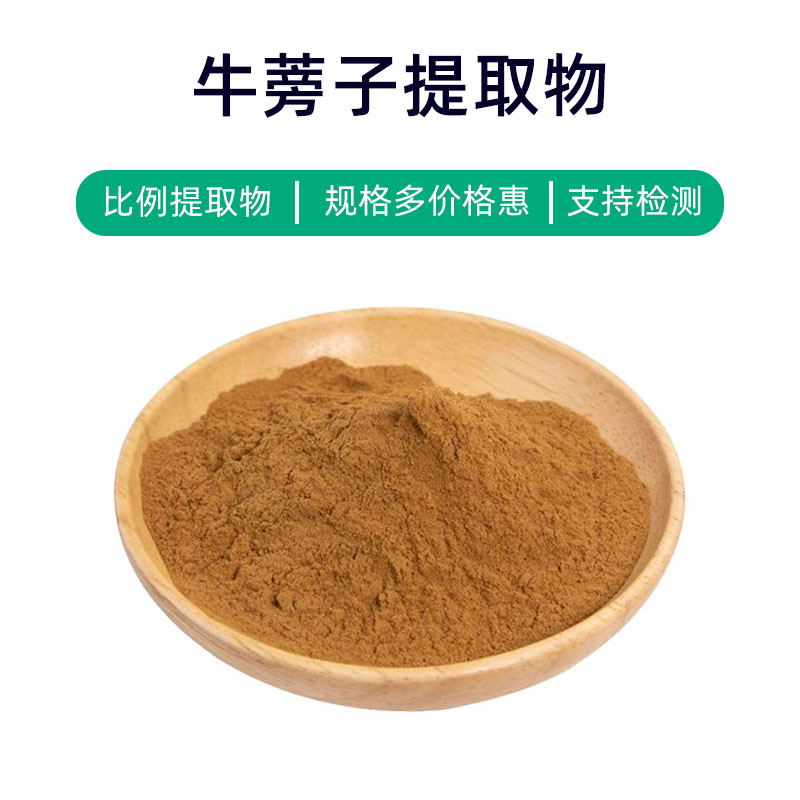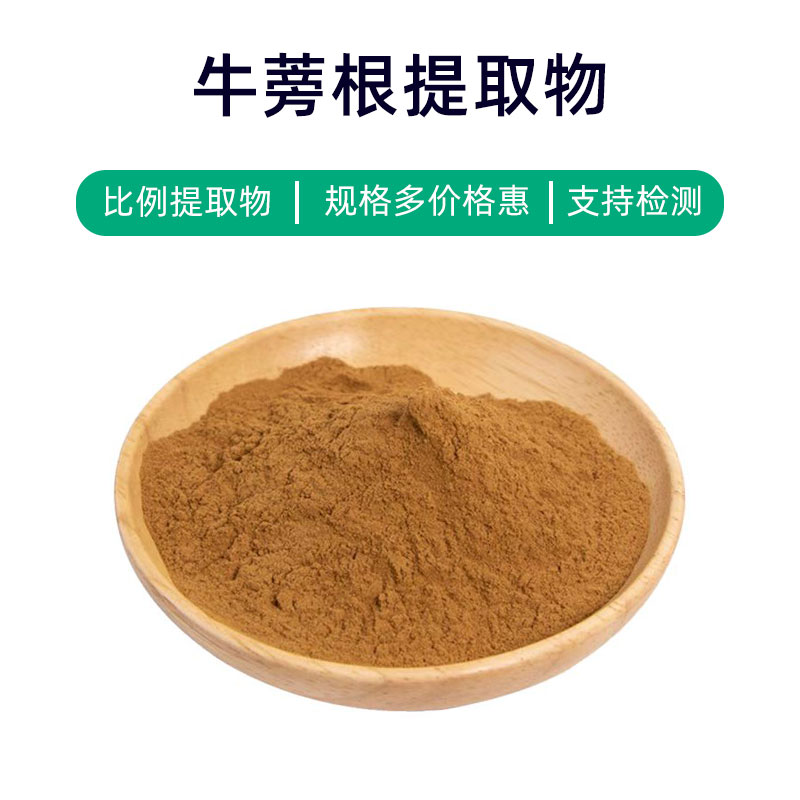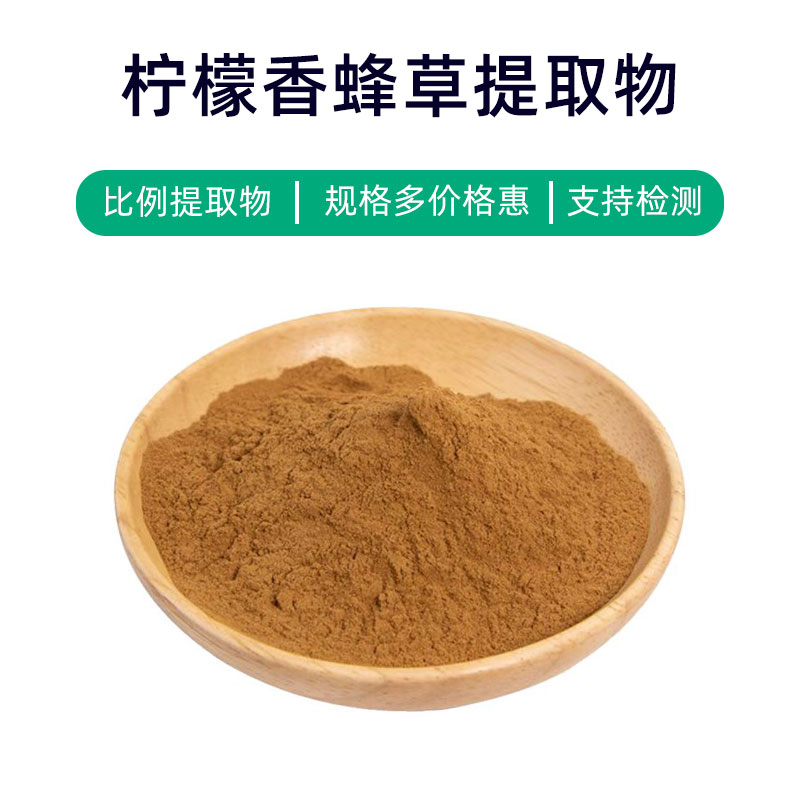Deer Antler Extract Product Introduction
Deer antler extract is a precious medicinal substance extracted from deer antlers, primarily composed of various amino acids, polysaccharides, and other bioactive compounds. This extract has multiple functions and applications.
First, in the medical field, deer antler extract is widely used due to its rich active components that have immune-regulating, antioxidant, anti-inflammatory, and growth-promoting effects. Taken orally or applied externally, it can help treat conditions related to weakened immune systems, colds, arthritis, and also improve skin quality and aid in wound healing.
Secondly, deer antler extract is utilized as an ingredient in health supplements, enhancing immune response, and helping to prevent colds and fatigue. Additionally, as a natural nutritional supplement, it is commonly added to health foods to support overall wellness.
Lastly, it is also applied in cosmetics. With benefits like moisturizing, antioxidant properties, and anti-aging effects, it is often included in skincare products, masks, and shampoos to improve skin condition and slow down aging.
In summary, deer antler extract is a valuable medicinal substance with various benefits, widely used across medical, health, and cosmetic industries, providing effective support for health and beauty.
Deer Antler Extract Production Process
The production process of deer antler extract typically involves the following main steps:
- Raw Material Preparation: High-quality antlers are selected, ideally from 3-4-year-old deer. The antlers are initially cleaned and broken down for extraction.
- Maceration: The crushed antlers are placed in an extraction tank, where an appropriate solvent (commonly water or ethanol) is added for maceration. A multi-stage maceration process is typically used to fully extract the effective components from the antlers.
- Filtration: The resultant extract is passed through a filter for initial filtration, removing suspended matter and impurities, yielding a purer extract.
- Concentration: The filtered liquid is concentrated, typically through vacuum concentration or spray drying, evaporating the solvent to obtain a concentrated deer antler extract.
- Drying: The concentrated extract undergoes drying to eliminate residual moisture, resulting in a powder form. Common drying methods include spray drying and vacuum drying.
- Milling: The dried deer antler extract is milled to achieve a uniform fine powder, facilitating subsequent packaging and use.
- Quality Inspection: The extract undergoes quality checks, including analysis of appearance, color, odor, and content to ensure it meets relevant standards and regulations.
- Packaging: The inspected deer antler extract is packaged using methods like aluminum foil bags or plastic bottles, sealed to prevent moisture and oxidation.
Each step in the production process requires strict control to ensure the quality and safety of the final product.
Benefits and Side Effects of Deer Antler Extract
As a valuable medicinal substance, deer antler extract has multiple benefits, primarily including the following:
- Immune Regulation: Contains rich bioactive components like polysaccharides and amino acids, enhancing immune function, balancing the immune system, increasing resistance, and reducing the incidence of infections.
- Antioxidant Properties: Includes various antioxidant compounds, such as polyphenols, helping to neutralize free radicals, reduce cellular oxidative damage, slow down aging, and protect cell health.
- Promotes Growth and Development: Rich in growth factors and nutrients, it stimulates growth and development, enhances physical health, and positively impacts growth in children and adolescents.
- Anti-Fatigue: Active components help regulate energy metabolism, improving stamina and endurance, relieving fatigue, and boosting productivity.
- Improves Sleep Quality: Exhibits calming effects, alleviating anxiety and tension, promoting sleep, and enhancing sleep quality for better overall vitality.
- Promotes Blood Circulation: Active components can expand blood vessels, improve blood circulation, increase blood flow, reduce blood viscosity, and help prevent cardiovascular diseases.
- Enhances Sexual Function: Some studies suggest that deer antler extract may improve male sexual function, boost libido, extend performance duration, and improve erectile function.
Generally, deer antler extract is considered safe, but it should be used in moderation to avoid excessive consumption. Some individuals may experience allergic reactions or digestive issues, so it’s best to consult a healthcare professional before use.
Applications and Dosage of Deer Antler Extract
Deer antler extract, regarded as a precious natural medicinal substance, has broad application scenarios in medicine, food, and cosmetics.
- Medical Applications:
- Widely used in medicine to regulate the immune system, enhance resistance, and prevent and treat diseases related to weakened immunity, such as colds and chronic fatigue syndrome.
- Supports treatment of arthritis, osteoporosis, and other skeletal system diseases, promoting bone growth and repair, and alleviating joint pain.
- Improves cardiovascular system function, preventing cardiovascular diseases like coronary artery disease and hypertension.
- Food Applications:
- Commonly included in health foods as a nutritional enhancer, boosting immunity and combating fatigue, often found in supplements and nutritional drinks.
- Added to various dietary supplements such as tablets, capsules, and liquid extracts to enhance immunity and promote growth.
- Cosmetic Applications:
- Exhibits moisturizing, antioxidant, and anti-aging effects, frequently used in skincare products, masks, and lotions.
- Improves skin texture, increases elasticity, slows skin aging, and enhances skin radiance.
Dosage:
- In the medical field: Typically available in the form of slices, capsules, or liquids; specific dosages should be adjusted according to healthcare provider recommendations. Generally, the suggested adult intake is 3-6 grams per day, divided into 2-3 doses.
- In the food sector: Follow product instructions for recommended dosages, usually advised not to exceed manufacturer-recommended amounts.
- In cosmetics: Commonly used as an ingredient in skincare products; specific usage should follow instructions on the product packaging, usually suggesting the application of an appropriate amount to cleansed skin, gently massaged until fully absorbed.
Overall, deer antler extract finds extensive application across medical, food, and cosmetic sectors. However, users should adhere to product guidelines and consider individual health conditions.
Source, Distribution, and Growth Environment of Deer Antler Extract
The primary source of deer antler extract is the antlers, bones, bone marrow, and placenta of male cervid species, with deer antlers being the most common. Deer antler extract is distributed widely across forests, grasslands, and mountainous regions around the world, especially in Asia, Europe, and North America. Here’s a detailed description of the source plants of deer antler extract, their distribution, and growth environment:
- Source Plant Description:
The primary sources of deer antler extract are cervid species, such as deer, elk, and stags. Deer antlers, particularly those grown by male deer, are a major source, found on the heads of mature bucks. Additionally, bone marrow and placenta from deer also contain components of deer antler extract, though in smaller quantities. - Distribution:
Deer antler extract is found in various regions across Asia, Europe, and North America. In Asia, sources include deer from China, South Korea, and Japan. In Europe, Nordic countries such as Norway and Russia also produce deer antler extract, while in North America, elk and deer are significant sources. - Growth Environment:
Cervid animals typically inhabit forests, grasslands, and mountainous areas, where the climatic and environmental conditions significantly impact their growth and reproduction. Animals producing deer antler extract need ample food supply and suitable surroundings for healthy growth. Common cervid species prefer lush, wooded, and grassy regions, where they seek food and reproduce.
In summary, the main sources of deer antler extract come from cervid animals such as deer, elk, and stags, distributed across forests, grasslands, and mountainous environments worldwide. These animals thrive in natural habitats requiring sufficient food and suitable climate conditions for healthy maturity.
Processing and Storage of Deer Antler Extract
Processing of deer antler extract mainly includes cleaning, grinding, and extraction, typically using water extraction or alcohol extraction methods. The extraction process involves filtering, concentrating, and drying to yield powder, liquid, or capsule forms. For storage, deer antler extract should be kept in a cool, dry place, away from direct sunlight and high temperatures, while being moisture-proof to ensure the stability of its quality and nutritional components.
Monica Sun is a seasoned expert in the plant extraction industry with over a decade of experience in research and production. She specializes in the extraction and purification of plant active ingredients, focusing on driving innovation in natural product applications. Monica has participated in the development of multiple functional plant extracts, delivering high-value natural raw material solutions for the health food, pharmaceutical, and dietary supplement sectors.









